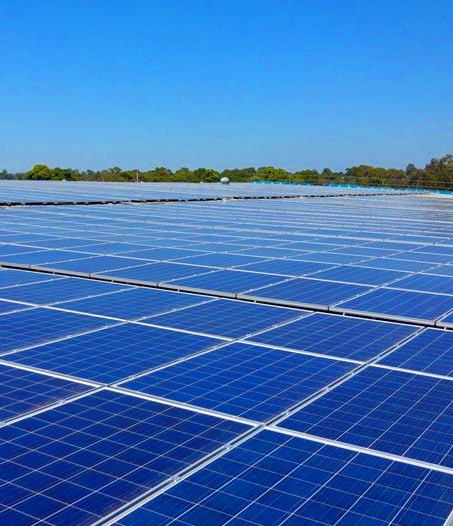Rooftop potential tallied
 The amount of potential rooftop solar energy could power the world.
The amount of potential rooftop solar energy could power the world.
A global assessment of the electricity generation potential of rooftop solar photovoltaics (PV) technology has been published in the journal Nature Communications.
Rooftop PV technology, such as solar panels used in private, commercial and industrial buildings, is currently the fastest deployable energy generation technology.
Rooftop solar is projected to supply 25 to 49 per cent of global electricity needs by 2050.
Despite these predictions, a global assessment of the technology’s electricity generation potential and the associated costs remains a challenge.
In the latest study, researchers employed a modelling framework to assess the electricity generation potential of rooftop solar PV technology globally and the associated costs.
The authors mapped 130 million km2 of global land surface area to identify 0.2 million km2 of rooftop area using a machine learning algorithm. This rooftop area was then analysed to document the global electricity generation potential of rooftop solar PV technology.
The authors found that a global potential of 27 petawatt-hour per year can be attained at a cost of between US$40 to 280 per megawatt-hour with the greatest energy generation potential in Asia, North America and Europe.
They indicate that the lowest cost for attaining the potential energy is in India (US$66 per megawatt-hour) and China (US$68 per megawatt-hour), while the UK and USA are among the most costly countries.
The authors suggest that the energy generation potential of rooftop solar PV technology exceeded the global yearly aggregated energy consumption in 2018.
However, its future potential will depend on the development and cost of storage solutions for the generated energy.







 Print
Print